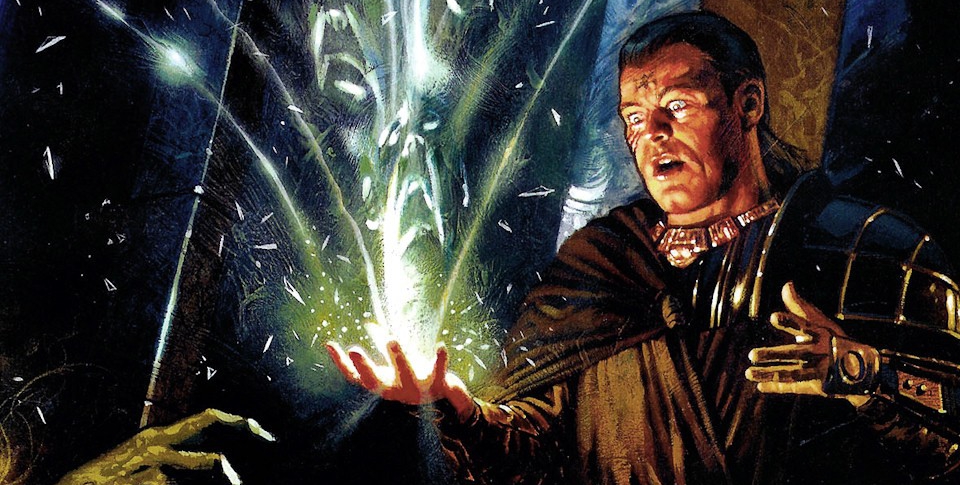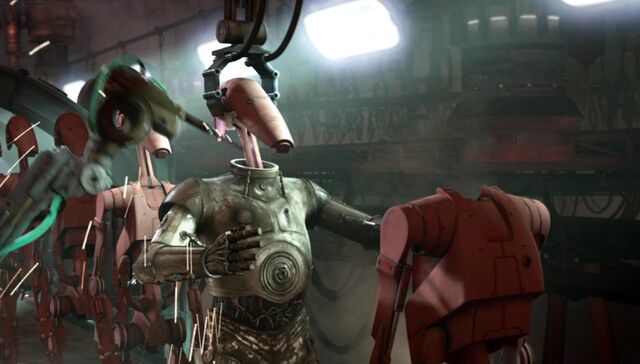It’s pretty well understood at this point that this site is populated wholly by long-time members of TheForce.net’s Jedi Council Literature forums. Having been there myself for fourteen years now, I like to think of my role here as something of a curator—seeking out the best and brightest voices on the forums and giving them a more direct spotlight than a message board might offer.
Sometimes, of course, the best and brightest are also pretty damned snarky. So just over a year ago, inspired by the then-imminent release of Pablo Hidalgo’s Star Wars: The Essential Reader’s Companion, I started a discussion thread called One Sentence or Less, wherein I would pick a story from the Expanded Universe—not quite at random, but not in any specific order either—and forumers would have two days to summarize it in one sentence (four words minimum). Readers then voted for their favorite entries via the forum’s “like” system, meaning that the winners were pretty much out of my hands (though you’ll notice many were penned by “Havac”—ETE staffer Lucas Jackson, and “GrandAdmiralJello”—staffer Jay Shah, proving I have impeccable taste in cohorts). The result is an extensive (but not yet comprehensive) synopsis of the length and breadth of the EU—with a couple imaginary stories thrown in for good measure.
So for you casual fans out there who might want to try out some of the EU, consider this sort of the polar opposite of The EU Explains—some of the winners are serious, many are sardonic, and one may even be an elaborate Gilbert & Sullivan parody—but any truly helpful information is purely coincidental.
Lastly, please note that while I have handed the reigns over to stalwart Lit forumer @instantdeath, the One Sentence or Less thread is still ongoing, and there’s much more left to cover. For my part, I’ll continue updating the articles here from time to time with new winning entries.
And now, with no further ado, I present Volume I of what will be the three-volume Pithy Reader’s Companion: Dawn of the Jedi through Return of the Jedi…




